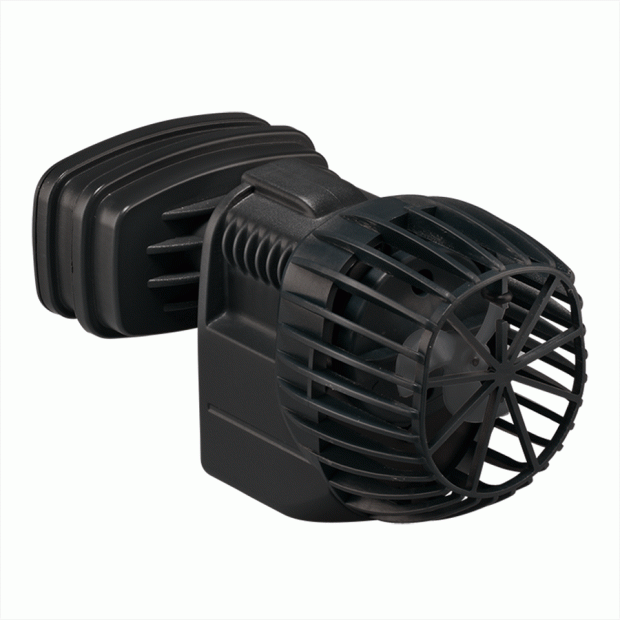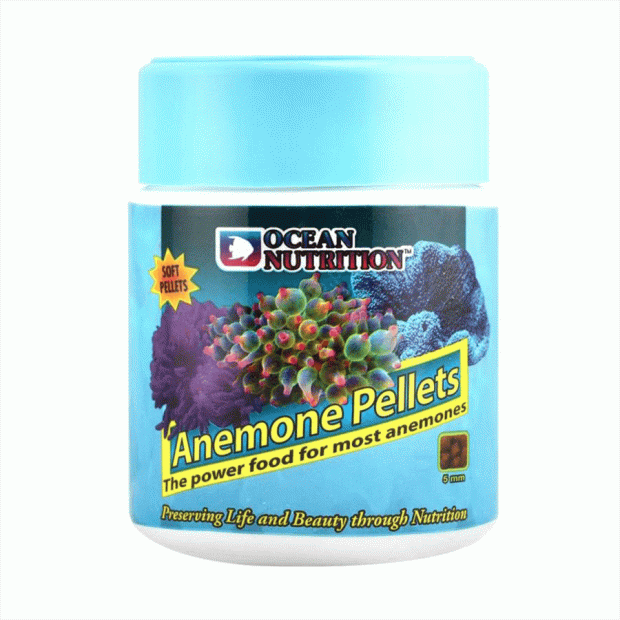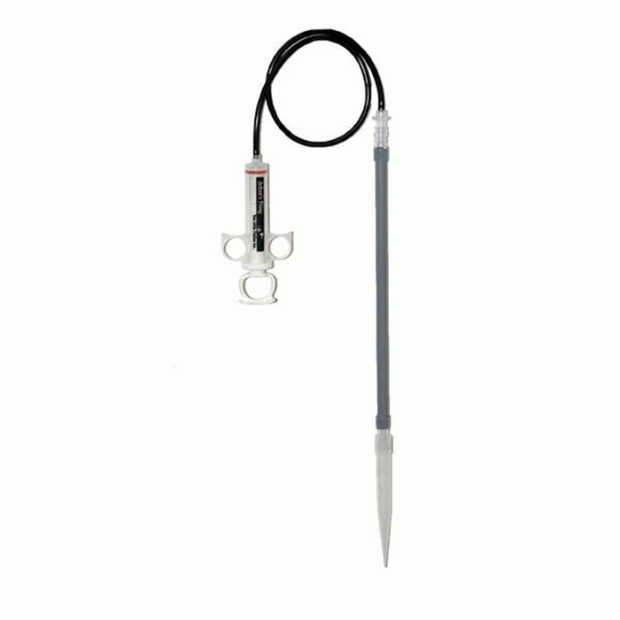- Colours, patterns, and size may vary
- Beginner friendly anemone
- Grows to max diameter of 40cm
Overview
Everything you need to know about Red Base Sand Anemones, at a glance:
- Common Names: Corkscrew Tentacle Anemone, Snake Sea Anemone
- Scientific Name: Macrodactyla doreensis
- Max Size: ~40cm
- Temperature Range: 23-28°C
- pH Range: 8.1-8.4
- Salinity Range (SG): 1.023-1.025 SG
- Compatibility: Reef-safe, with caution
- Area Of Origin: West Indo-Pacific, from Southern Japan to Mauritius
- Suitable Foods: Finely shredded meaty foods and anemone-specific pellets
- Special Requirements: Only add to established aquariums (at least six months old), requires strong lighting and >10cm-deep sand bed
What is a Red Base Sand Anemone?
Sand Anemones, also known as Corkscrew Tentacle Anemones, are amongst the most readily available anemones in the hobby. They’re considered less demanding than other varieties, like Carpet Anemones and Tube Anemones, making them a fantastic choice for beginners looking to get into the weird and wonderful world of anemone keeping.
Sand Anemones have a huge range and are found throughout the Indo-Pacific region, from Mauritius (a small island off the east coast of Africa) all the way to Northern Australia and Eastern Indonesia. They’re often found in shallow water reefs and lagoons where they bury their ‘feet’ into sand or mud at depths of up to 5m.
These anemones come in many different colours, from purples to yellows, though the most common variety is red. The shape and size of their tentacles also differ, with some varieties known for their especially long and sinuous tentacles. If given proper care and attention, Sand Anemones can live for decades and grow to sizes of around 40cm.
Like other anemones, Sand Anemones are motile and will ‘walk’ around your aquarium until they find a spot that they enjoy, typically in an area exposed to lots of light and moderate flows. Sand Anemones may also host anemonefish, like Clownfish. In fact, this type of anemone regularly forms mutualistic relationships with the most iconic species of Clownfish, Amphiprion ocellaris.
How do I care for a Red Base Sand Anemone?
While Sand Anemones may be one of the most suitable anemones for a beginner, they still require a degree of specialist care. Like other anemones, Sand Anemones are delicate and therefore need to be kept in an established aquarium (at least six months old, preferably older) with very stable water parameters.
As photosynthetic animals – or, more accurately, animals with photosynthetic symbionts – Sand Anemones require moderate to strong lighting. They get a lot of their nutrition from their photosynthetic symbionts, but they should also be fed supplementary meaty foods, finely shredded, or anemone-specific pellets at least once or twice a week.
Sand Anemones, like most other anemones, are venomous and can (and will) sting stationary corals as they move around your aquarium. For this reason, they should only be added to a reef tank with caution. You should also reduce your flow and cover your filter intake before you add your new anemone to prevent it from climbing inside and getting dangerously entangled with any motorised mechanisms.
Sand Anemones may attach themselves to rock or root their feet into your aquarium’s substrate. For this reason, it’s recommended that you keep them on a sand bed that’s at least 10cm deep. It’s best to avoid sharp gravel or crushed coral as these substrates can easily damage their feet. You can encourage your anemone to move should you not like the spot it settles in, but this should be done with extreme caution and only really if it’s endangering the lives of your aquarium’s other inhabitants.
How is this Red Base Sand Anemone delivered?
All of our aquatic animals are dispatched from our livestock distributor and delivered directly to your door. Our distributor dispatches and delivers livestock packages Tuesday through Friday to avoid animals being in transit over the weekend.
After placing your livestock order, you’ll receive all the information needed to track your livestock order via email. If you have any problems regarding delivery, or concerns about the health/wellbeing of your animal(s) upon arrival, please contact us, Swell UK Ltd, immediately, or at least within 48 hours of receiving your livestock order.
Any other, non-livestock items that you purchase alongside livestock will be sent via standard or express delivery and arrive at your delivery address in a different package. This means that, depending on when you place your order, you may receive your non-livestock items before or after your livestock package.
For a detailed breakdown of when you can expect to receive your livestock package depending on the day you place your order, be sure to check the delivery details in the specifications below.
How do you acclimate a Red Base Sand Anemone?
It’s very important that you acclimatise new animals to your aquarium. This is the process of gradually adjusting an animal to its new environment and it’s especially important in an aquatic setting where sudden changes in water temperature, pH, and salinity can cause stress, illness and, in some cases, even death.
Before you acclimate your Sand Anemone, it’s recommended that you put on a pair of water-proof gloves (rubber gloves work fine). This will stop your Sand Anemone from stinging you and protect them from any toxic substances/residue that may be present on your hands.
To acclimate your Sand Anemone, place the bag with the anemone inside into your aquarium. Float the bag for at least 20 minutes to allow the temperature of the water in the bag to match the temperature of the water in your aquarium. Then, open the bag and, over the course of an hour, add small amounts of aquarium water.
After an hour, your Sand Anemone should be ready to release. It’s recommended that you discard the water from the bag before transferring your anemone. Also, place your new anemone where your sand bed is deepest, and as far away from your wave pump as possible. Consider turning off your wave pump during this acclimation process.
Above images for illustration purposes only. Exact colours, patterns, and size may vary between individuals.
Please note: The livestock that is sold on our online site is not held in store at our Swell shop, or available for collection from the shop. Species sold at our Swell store will differ from ones available to order to your door.
All livestock deliveries are subject to our full Delivery Terms & Conditions, please read before ordering.
| Order livestock by | Receive order by |
| Monday 11:30am | Wednesday |
| Tuesday 11:30am | Thursday |
| Wednesday 11:30am | Friday |
| Thursday 11:30am | Saturday |
| Friday | Wednesday |
| Saturday | Wednesday |
| Sunday | Wednesday |
-
 Long Tentacle Red Base Sand AnemoneFrom £74.19In stock
Long Tentacle Red Base Sand AnemoneFrom £74.19In stock -
 Ritteri AnemoneFrom £73.29In stock
Ritteri AnemoneFrom £73.29In stock -
 Brown Malu AnemoneFrom £59.19In stock
Brown Malu AnemoneFrom £59.19In stock









